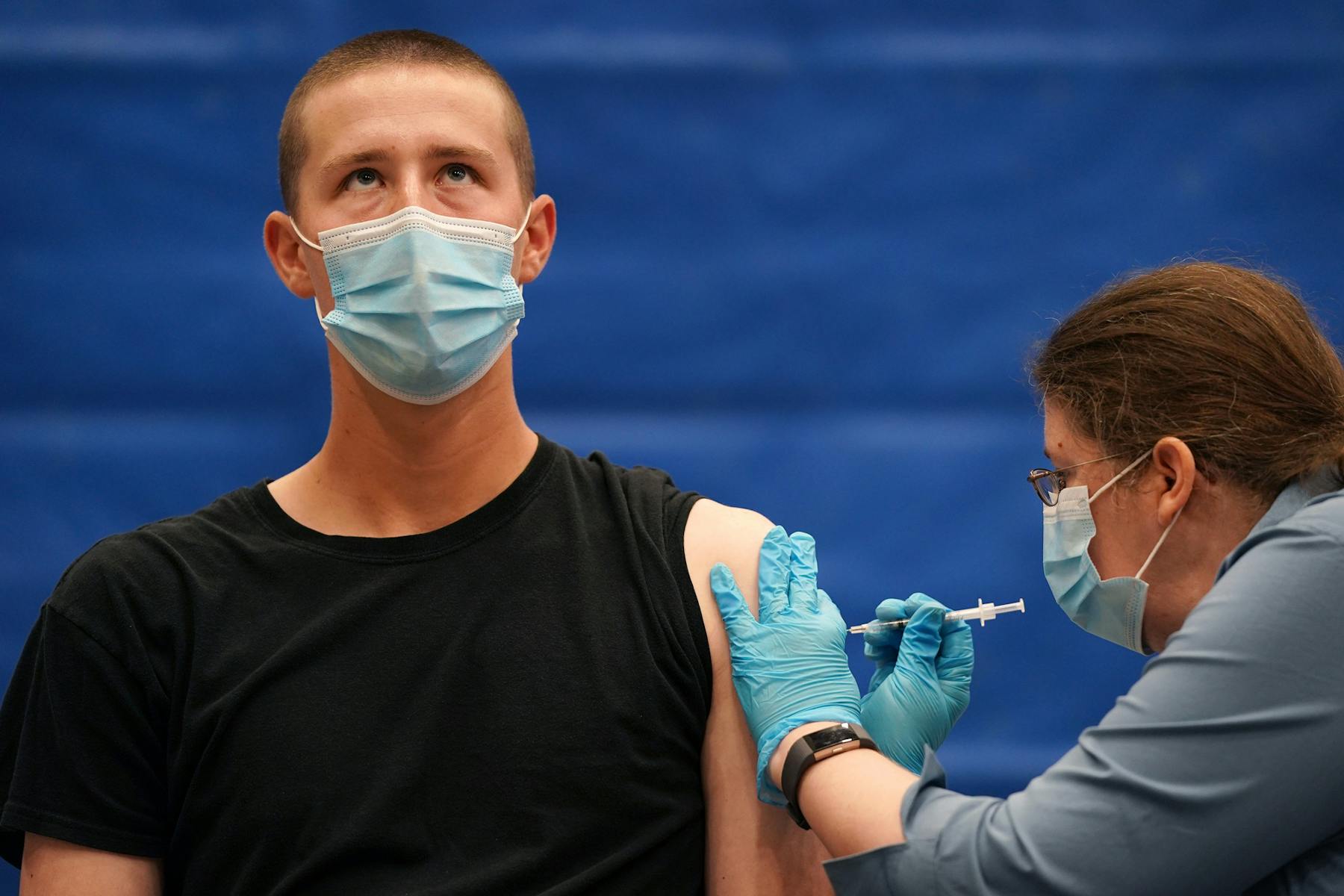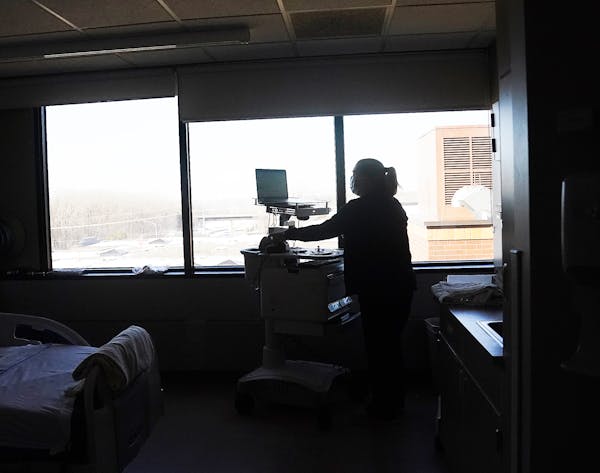
Minnesota's tracking of how and where people are infected with the coronavirus has plummeted in the latest COVID-19 wave, with 80% of infections identified in August coming from unknown sources.
The change from an unknown rate of 41% at this time one year ago reflects an increase in social activities that makes it hard to pinpoint where someone got infected, but also a pullback of state contact tracing in the era of COVID-19 vaccinations. A COVID-weary public also isn't helping as much with contact tracing — the formal process to identify how someone was infected and who else might have been exposed to the virus.
State Health Commissioner Jan Malcolm said it remains important to understand the spread of COVID-19 — which has caused more than 8,000 deaths in Minnesota — but that the source of every infection isn't needed anymore to understand how and where the coronavirus is transmitted.
"We kind of know what we know in terms of what are riskier environments," she said. "So tracking down every case just yields less new information that is really informing the response. As cases have grown, we have kind of put the priority in certain focus areas."
State contact tracing staff has declined from 1,993 in December to 447 in July — though it increased to 522 in September as health officials sought to understand the fast-spreading delta variant and patterns in breakthrough infections in fully vaccinated Minnesotans.
Pre-K-12 schools have remained a focus area, with the state having the benefit of school nurses who help identify classmates or other contacts of infected students who are at risk. Large gatherings and potential superspreader events also have been tracked, with contact tracing linking 228 coronavirus infections to the Minnesota State Fair.
State health officials believe that is an undercount, though, because contact tracing hasn't been as successful this summer. More than 40,000 people with coronavirus infections were asked in August via calls, e-mails, letters or texts to provide contact tracing details to public health officials, and 65% didn't reply. Another 3% refused to participate.
"At first, almost everybody would answer a call," said Dan Huff, an assistant commissioner overseeing the Minnesota Department of Health's infection prevention and control division. "Now, many fewer people are doing that."
Calls are no longer attempted in every case, but everyone with a coronavirus infection receives a letter, text or request to complete an online form and volunteer contact tracing details.
Local public health agencies are scaling back as well. Olmsted County Public Health last week said it could no longer keep pace with infection growth and would target contact tracing to protect vulnerable groups such as residents of long-term care facilities.
The unknown rate includes infections with no known sources and infections that occurred in communities that couldn't be pinpointed. Last fall, the unknown community transmission rate was one of five key pandemic indicators, and one of two that Gov. Tim Walz closely watched as he decided when to relax COVID-19 restrictions. Now, the metric no longer appears on the state's public health risk page.
One consequence of the decline in contact tracing is a drop in outbreaks linked to bars and restaurants.
The state identified 470 such outbreaks in 2020, when finding and quarantining people with viral exposures was a key prevention strategy because COVID-19 vaccines weren't available yet.
Even after vaccines were approved, the state identified 246 bar and restaurant outbreaks in March and April. But the state has reported only 10 outbreaks since June.
One reason is the narrow definition of a COVID-19 outbreak in a bar or restaurant that was revised last fall to filter out small transmission events. The state defines outbreaks at concerts, fairs or weddings as three infections among unrelated people, but it defines outbreaks in bars and restaurants as five infections among unrelated people who visited only one establishment in the past month.
The odds were higher of someone visiting only one restaurant in a month before state social distancing and business restrictions were phased out this summer, Malcolm said. "With the amount of virus that is out there and people having so much more activity, it's genuinely hard for them to know, 'Where might I have gotten it? I've been to all these difference places!' "
Health officials stressed that infection risks remain, even if outbreaks aren't being identified. They urged unvaccinated people to seek shots and for restaurant and bar patrons to follow social distancing and mask guidance. The Centers for Disease Control and Prevention recommends indoor mask-wearing in any counties with high or substantial transmission levels, which exist in all 87 Minnesota counties.
The state has tallied 8,011 COVID-19 deaths and 690,391 coronavirus infections, including 18 deaths and 6,352 infections detected over the weekend and reported on Tuesday.
Quarantine guidance hasn't changed with the emergence of the delta variant. A higher-risk exposure is defined as someone who has been within 6 feet of an infected person for 15 minutes out of a 24-hour period. People who live with infected individuals or who had contact with their respiratory droplets also are at risk.
Unvaccinated people with these exposures are asked to quarantine for 14 days — although in some circumstances the length can be shortened to seven or 10 days. Vaccinated people with no symptoms do not need to quarantine, but are asked to wear masks and seek testing three to five days after viral exposures.
Huff said the variant has hampered the race to get ahead of viral exposures and identify people at risk before they spread the virus. "Delta is so much faster at infecting people," he said. "That cycle of transmission, it has already occurred by the time we are able to intervene."
Technology has helped. More than 1.6 million people have downloaded the state's COVIDaware MN app, which uses Bluetooth technology to identify close contacts of people who have tested positive and anonymously alerts them to exposure risks. More than 7,500 people who tested positive have used the app to alert close contacts of their exposure risks since the app debuted in fall 2020.
But over-the-counter COVID-19 tests available at pharmacies have added to the lack of contact tracing because people might not notify authorities of their results. State health officials believe the number of these at-home tests is small, though.
Jeremy Olson • 612-673-7744
New Minnesota GOP leaders seek peace with party's anti-establishment wing

Who is Republican Lisa Demuth, Minnesota's first House speaker of color?

Minnesota House GOP, Secretary of State Steve Simon return to Supreme Court
Supreme Court sides with DFL and Simon, says 68 House members needed for floor action


